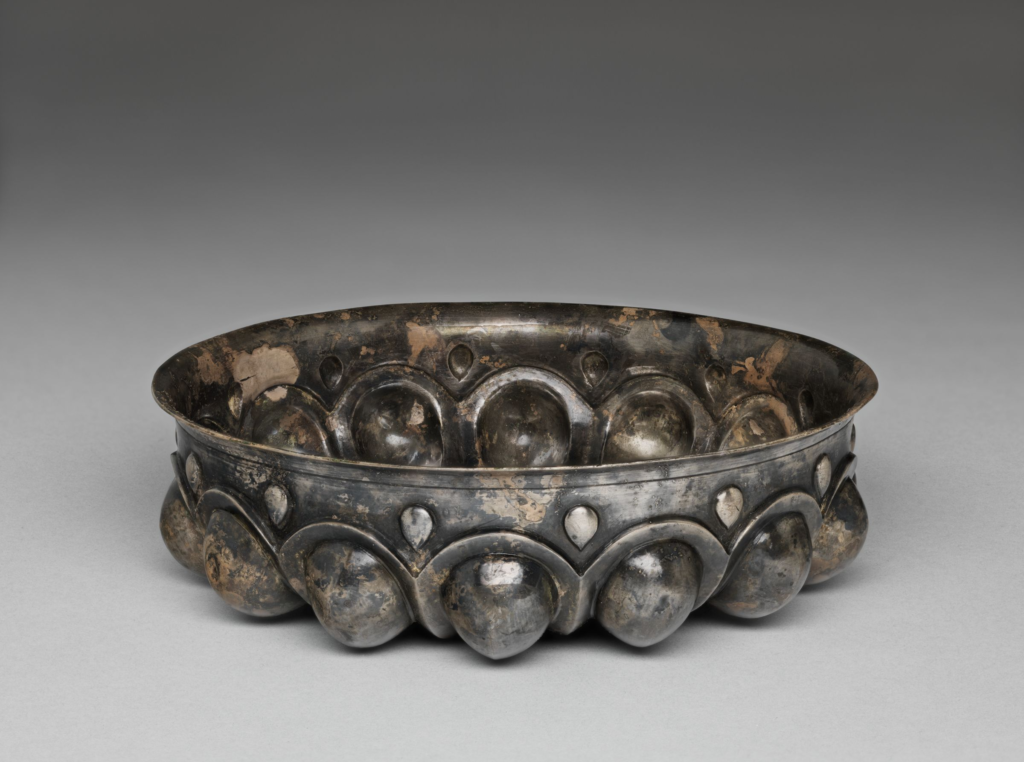I am not prone to self-aggrandizement, but this is my website, after all. Therefore, I am pleased to announce the publication of my latest [insert superlative here] article, ‘A Brief Historiography of Parthian Art, from Winckelmann to Rostovtzeff,’ in the Journal of Art Historiography. It is part of a special issue entitled ‘A Historiography of Persian Art: Past, Present, and Future,’ guest-edited by Yuka Kadoi and András Barati. I recommend checking it out — it includes a number of great articles (and also mine).
I’m in Archaeology Magazine!
I’m famous! Well, not really. But I am in the latest issue of Archaeology magazine, quoted in a wonderful article about my old friend Udjahorresnet.

The article is by Daniel Weiss, the editor of Archaeology, and is a lovely (and well-illustrated) distillation of the recent research on Udjahorresnet. I highly recommend it to anyone interested in Achaemenid Egypt or the Achaemenid Empire more broadly.
The First Black Archaeologist
I’ve been meaning to plug a book I finished reading last week: The First Black Archaeologist: A Life of John Wesley Gilbert, by John W. I. Lee.

Gilbert, who studied at Paine College and Brown University and was on the Paine faculty for most of his career, was the first African-American to attend the American School of Classical Studies in Athens, and very likely the first Black person to engage in archaeological fieldwork in Greece. In fact, the book is filled with his ‘firsts,’ which Lee unfurls in a narrative that is both alacritous and at times near microhistorical.
Two things in particular struck me about this book. First, it paints a vivid and detailed picture of the world of classical scholarship in the nineteenth century. For example, it took Gilbert weeks to travel from Augusta, Georgia, to Athens, Greece. Where details about Gilbert are lacking, Lee uses contemporary information to illustrate what Gilbert might have seen or experienced. Second, I had no idea how important a classical education was for Black Americans after the Civil War. What for me is my particular brand of nerdiness was for them a mark of equality. Indeed, Gilbert was not unique among Black Americans in his pursuit of classical scholarship, though his achievements were certainly outstanding.
All this is to say that there was a gulf in my knowledge of the history of classical scholarship, which I did not even know existed before I read this book. Accordingly I recommend it unreservedly, as both an intellectual exercise and as diversionary reading. Gilbert makes for a compelling protagonist, and he certainly deserves to be better known. Thanks to Lee’s biography, perhaps now he shall be.
Great Civilisations: Greece and Persia at the British Museum
Next month I’ll be giving a talk at the British Museum at a member’s conference entitled ‘Great Civilisations: Greece and Persia,’ held in conjunction with the exhibition ‘Luxury and Power: Persia to Greece‘ (which I am very much looking forward to seeing). My talk is called ‘Persian Silver: The Power behind the Throne,’ which is a title devised by the BM, but it does aptly convey the idea that money and power were intertwined in the Achaemenid court, but not in an economic sense so much as in the context of prestige.

This is really exciting for me, however, because I am on a program with many luminaries of the field, whom I respect and admire, including Paul Collins, St John Simpson and Tom Harrison, whom I last saw twenty years ago when I was an undergraduate at St Andrews and helped to set me on my current scholarly path towards the Persians. I am very much looking forward to seeing him again.
